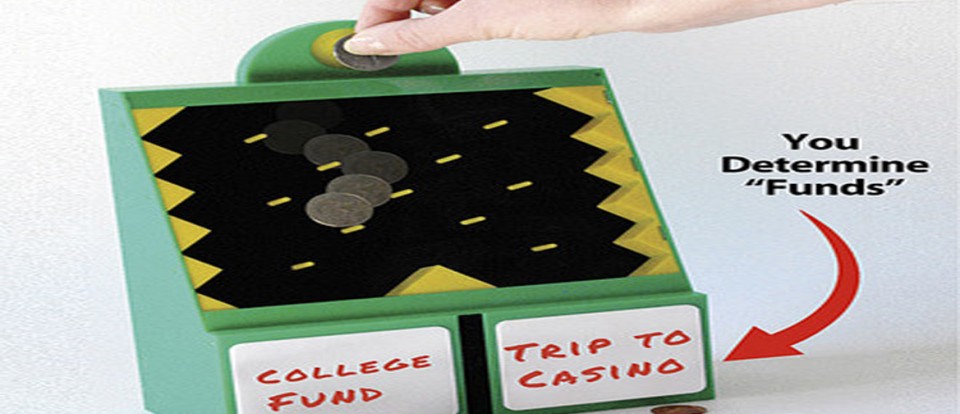
Internship Week 2 – Beginning Development
Posted on March 14th, 2012
by
Jonathan Cecil
Game Lab interns Joshua and Jonathan back for week 2 with a confirmed concept to work with. The basic idea is to create a functional game that primarily utilizes physics due to its simplicity of implementation. Included in this post is an array of image references and a rough demonstrative model.
Joshua: This week Jonathan and I started our project based on the idea of pachinko. Therefore I first looked up designs of pachinko machines. While browsing I found some interesting concepts and themes. During my search, Jonathan and I developed the theme of using retro games as a background for the pachinko game. We decided to base the theme and textures around retro games such as Pokemon, Legend of Zelda, and Mario. Afterwards, I spent some time on Adobe Illustrator and learned more about Maya. Using Illustrator was a new experience for me, but the task was doable. I learned how to use the pallettes on the left side of the interface, allowing me to clean up the highlights of our pachinko game sketch. After that I watched some tutorials on Maya, introducing myself to 3D models. I learned about translating and transforming 3D models in Maya.
Jonathan: With a concept derived from pachinko and pinball, Joshua and I have begun the development of the final project. In this project, we intend to incorporate core elements of pachinko and pinball together, creating a game heavily influenced by RNG with some by the player as well. Stubs, panels (voluntary and involuntary, mobile and immobile), and spheres will be the prime (and possibly only) objects used in the game itself. There is also the intention of incorporating a point system where score value is based on the final location of a sphere.
I constructed a basic but working layout of the project that we will reference to. The model demonstrates the standard HUD, basic object physics and interaction. As so, the player bears no influence to the virtual space. Only one script is in use at the moment, which allows the stubs/cubes to rotate at a constant rate.
The major issue in this working model is that the spherical objects tend to ignore the presence of moving panels. Panels sometimes become permeable to these objects temporarily and no/very little physical contact is achieved. Additionally, the objects can “fall through the world” in this fashion.
[WP_UnityObject src=”http://games.ucla.edu/wp-content/uploads/2012/03/WebPlayer.unity3d” width=”640″ height=”480″/]
Some Pachinko images for inspiration.
